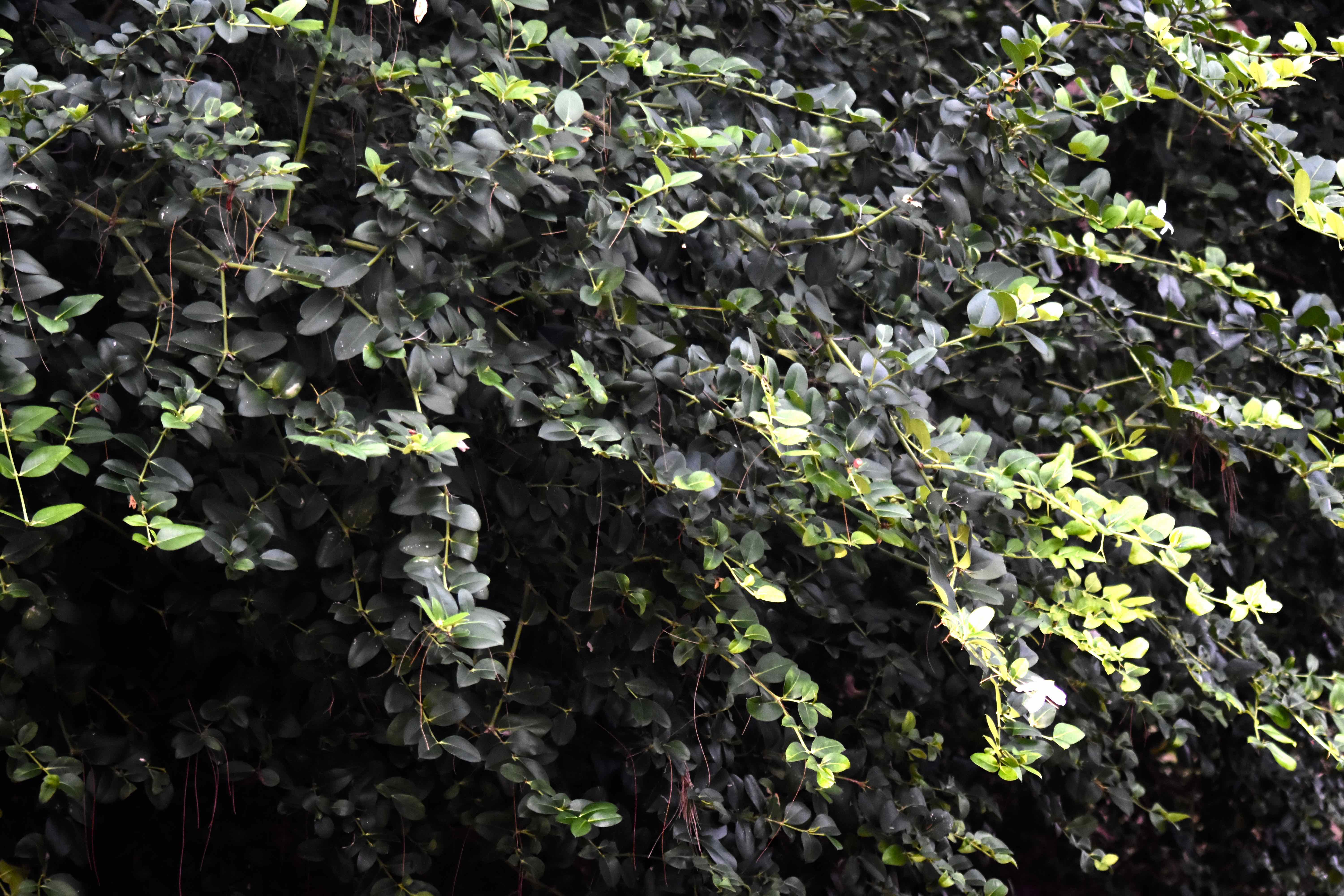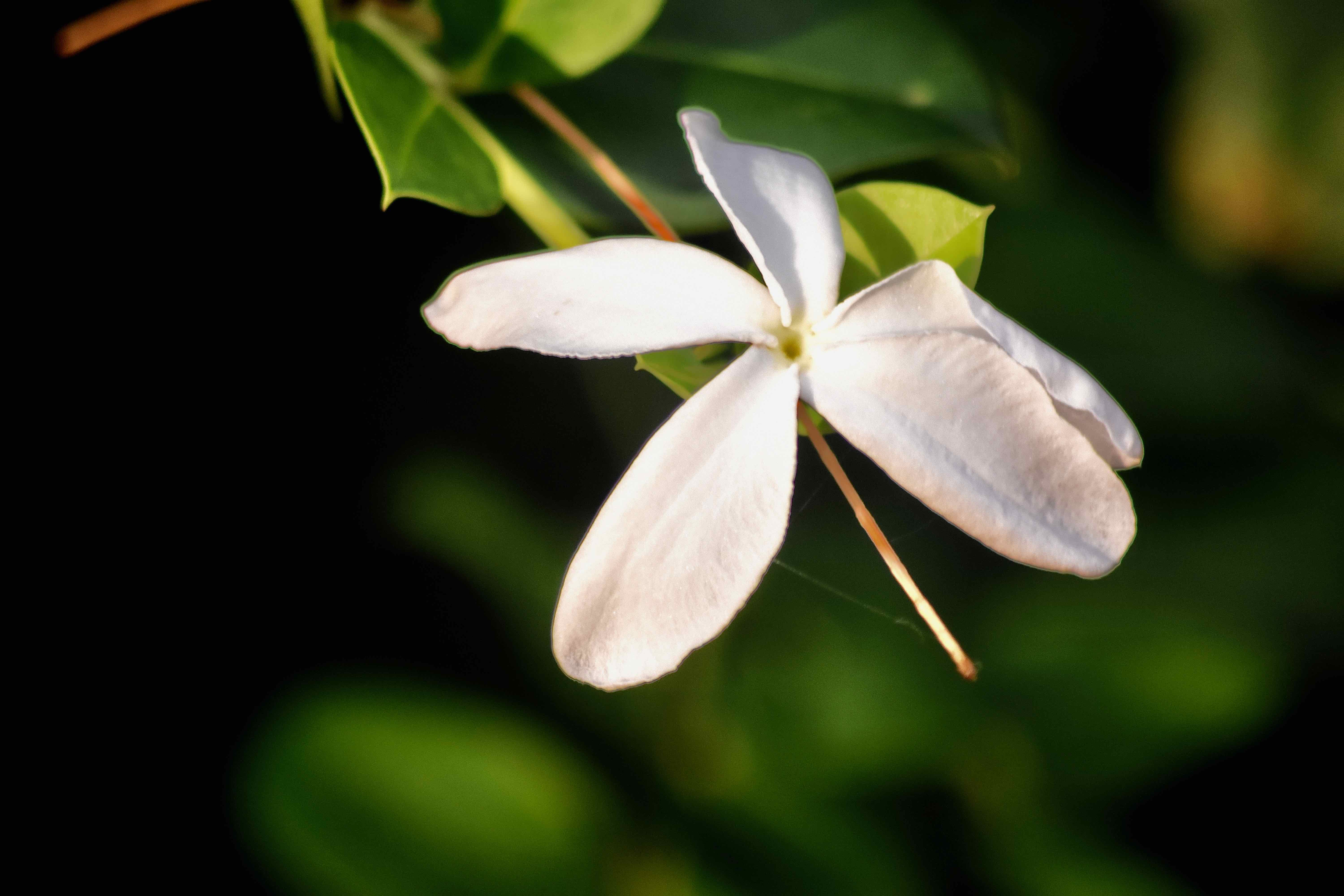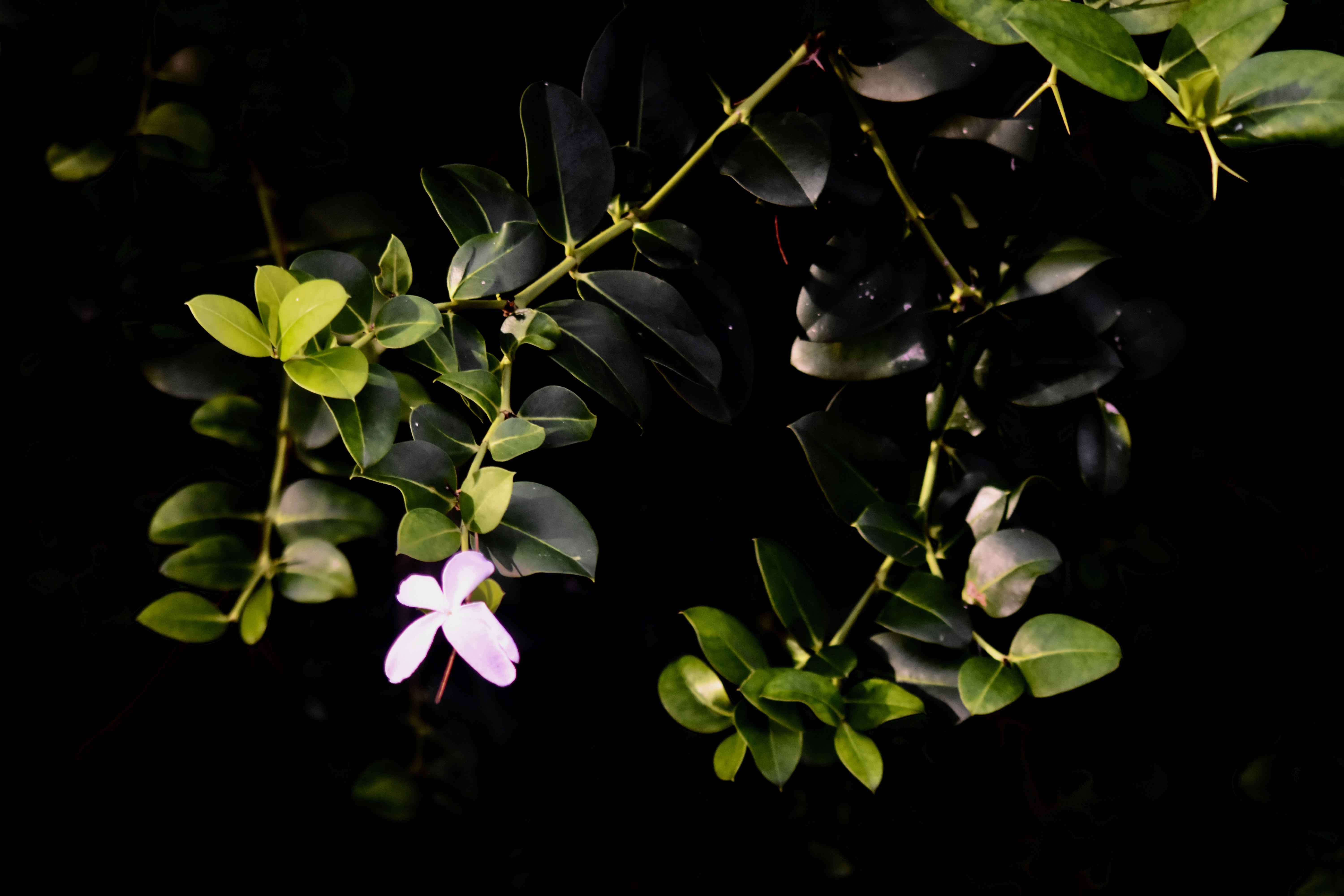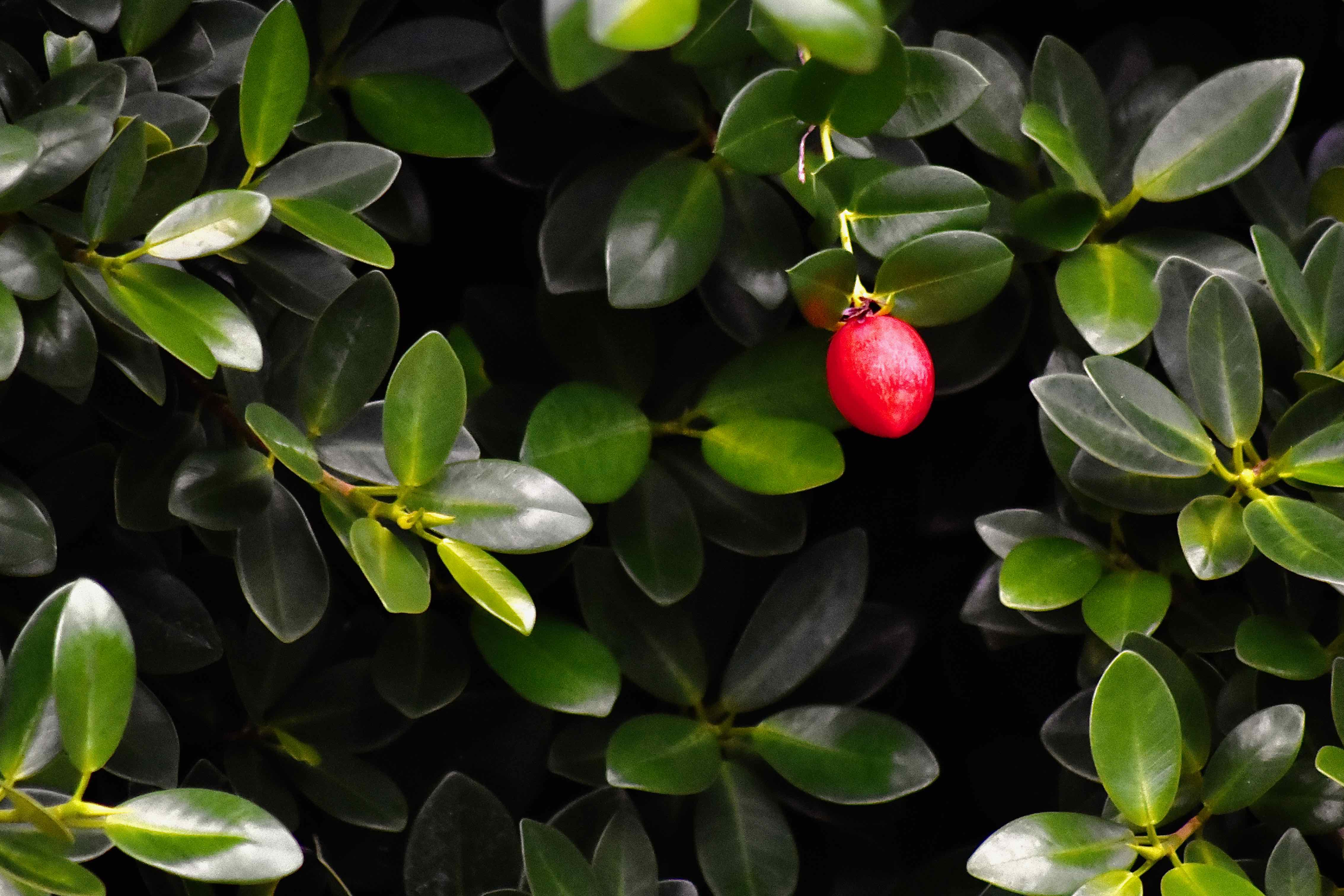
Natal plum, photographed at Atlantic Dunes Park, Delray Beach, Palm Beach County, in September 2016.
The pitchfork-like thorns tell you that Natal plum, Carissa macrocarpa, is one tough plant. Tough enough that it's used as a security planting, a kind of botanical barbed wire.
But toughness is only a part of the reason why it's an extremely useful plant to us human types. More on that later.
The name, Natal plum, should tell you instantly that this is not a Florida native but rather an import from the Natal region of South Africa. It has been exported to warmer places around the globe, and is widely used as a landscaping plant. It does escape into the wild but for the most part, it's well-behaved — we've not seen any record where it's considered an invasive anywhere it's found.The only other state where Natal plum is found is Texas, where it has a foothold in one county on the Gulf Coast, according to the United States Department of Agriculture. But we've seen references to it growing in California (one cultivated variety is called Torrey Pines) and Hawaii.
It is a shrub that can reach substantial dimensions — seven feet tall or more and with a spread just as wide. There are also dwarf varieties that max out about 18 inches off the ground. It flowers and fruits year-round, peaking spring to fall.
Natal plum has shiny green leaves, flowers with large, pure white petals, fruit that turns bright red when ripe and those pitchfork-like thorns. All of this makes Natal plum attractive to landscapers for a variety of reasons.
As we noted above, this is an extremely tough plant. It's salt-tolerant, making it ideal for coastal areas — Natal plum's range within Florida stretches from Volusia County to the Keys and a couple of counties on the Gulf Coast.
Heat and pollutants don't bother it, making it useful as a highway planting. It can withstand minimal subfreezing temperatures (it won't croak if the thermometer dips slightly below 32 degrees). The agricultural extension department at the University of Florida says the dwarf varieties of Natal plum are effective ground covers, because their dense foliage blocks out weeds. They also can be grown in front of taller shrubs and small trees to set them off. They can be used in mass plantings, grown in planters or borders.
So that brings us to the plum-like fruit. It's important to note that every part of Natal plum is seriously toxic — it's a cousin to oleander — but the ripened fruit is not only 100 percent edible, it's nutritious and delicious. It can be eaten out of hand, seeds, skin and all. It's rich in vitamin C — as much as 10 percent of the fruit is ascorbic acid — and low in calories — 270 per pound, according to a study done in the Philippines.
Natal plum can be used in preserves, jams, jellies and pickles. A syrup can be made from the juice. Chopped and seeded it can be used in a fruit salad. We've also seen recipes for Natal plum soup (served cold), bread, pie, hors d'oeuvres and sauce.
The fruit is large, about two inches long, and in fact is the inspiration for its scientific name — Macrocarpa is Latin for large fruit. They're seedy, containing six to 16 seeds each, but as noted previously, they are edible.
Natal plum came to the United States in 1886, imported by horticulturist Theodore L. Meade. In 1903, Dr. David Fairchild bought a quantity of seed to plant at the USDA's Plant Introduction Garden in Miami. Fairchild, it should be noted, is the namesake of the Fairchild Tropical Botanic Garden in Coral Gables. It was subsequently introduced to the Bahamas, Hawaii and the Philippines. It's also been introduced to India, East Africa and Israel with varying degrees of success. Natal plum is a member of the Apocynaceae, the dog bane family. Other common names and spellings include num-num, amatungulu or amatungula in Zulu, noem-noem in Africkaans, carissa and Natal-plum.
Click on photo for larger image
Links for Natal Plum



